HIP BAO

Hoppen Hierarchy:★★★
District: Midtown
Asian Dumplings & Noodle Soups
Perfect For: Lunch; Casual Dining; Takeout
Standout Dishes: Beef Noodle Soup; Pork Bao; Beijing Noodle
Hip Bao is a living testament to word-of-mouth marketing.
On the surface, the restaurant could hardly be more unassuming. Located in a strip mall off 84th and Center, its location is only identifiable by its cute hippo logo and eyebrow-raising name (what percent of Omahans know what “bao” is?). The interior is even quieter, with plastic tables, white walls, and nearly no decor, and the customer service is almost nonexistent: your order is taken and your meal is delivered. That’s all the interaction you get.
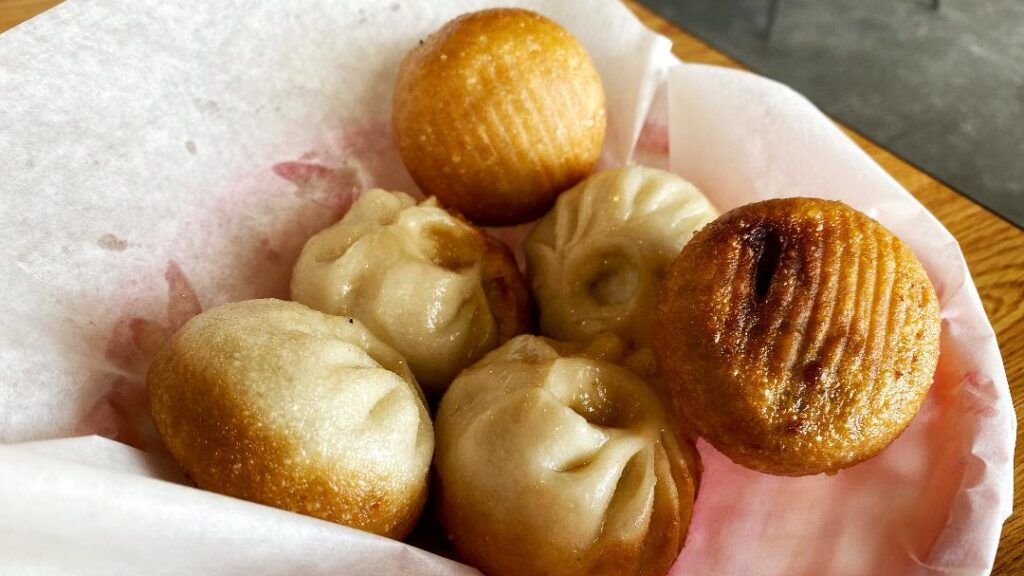
And yet, this restaurant has survived more than five years. Because as muted as it appears on the surface, the flavors popping off these plastic trays have guests imploring their friends to check this humble gem out.
The menu is relatively straightforward: alongside a few appetizers, you’ll find noodle dishes, noodle soups, potstickers, and the restaurant’s namesake, bao. Originating in Northern China, bao are intended to be a complete meal stowed away in a soft, doughy parcel. At Hip Bao, they can be ordered with pork, beef, chicken, custard, red bean paste, or vegetables.
The dough is the highlight of these pillowy packages. Served warm, they have a delightful chew, more like a soft bread than a traditional dumpling. The dough is also slightly sweet, pairing well with the savory interior.
The bao can be ordered steamed or fried, and I’d recommend the former. The steaming process creates a light, fluffy consistency that perfectly soaks up the savory dipping sauce.
The fried version produces a nice crispy texture on the bottom, but it also causes the bun to become greasy and saturated with oil.
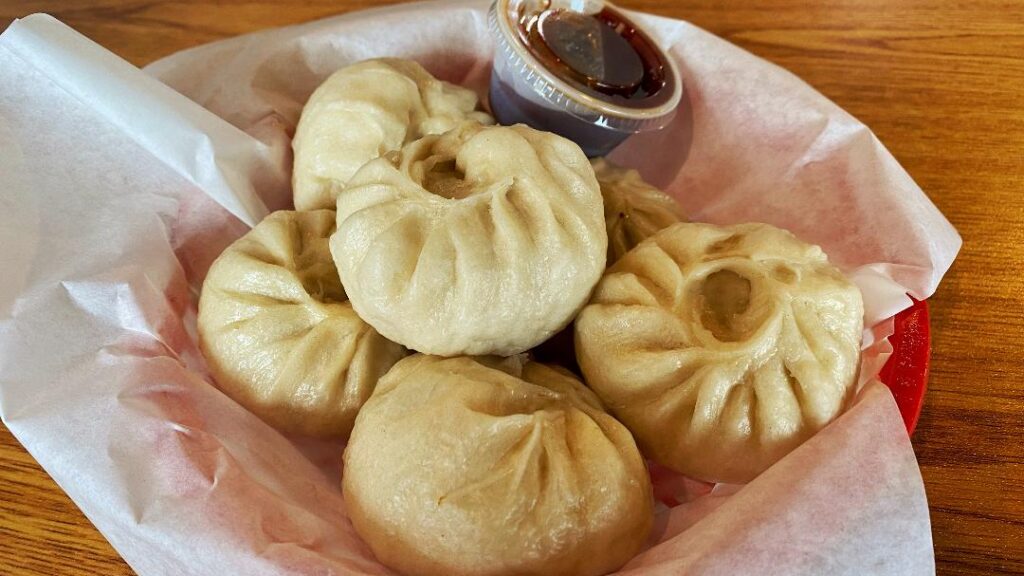
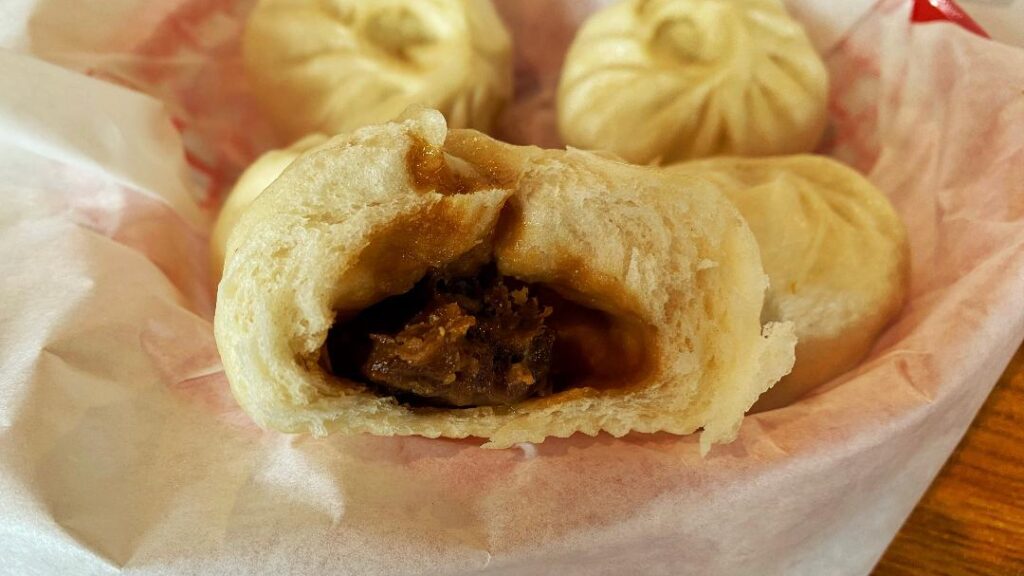
The fillings in the bao are tasty, as the pork is rich and vibrant and the beef very meaty and savory. Unfortunately, there’s just not enough filling; the dough to meat ratio is about 4:1, so the dumplings definitely lean heavier on the bread-y side. This isn’t a problem, as the dough is delicious, but more filling would provide better balance.
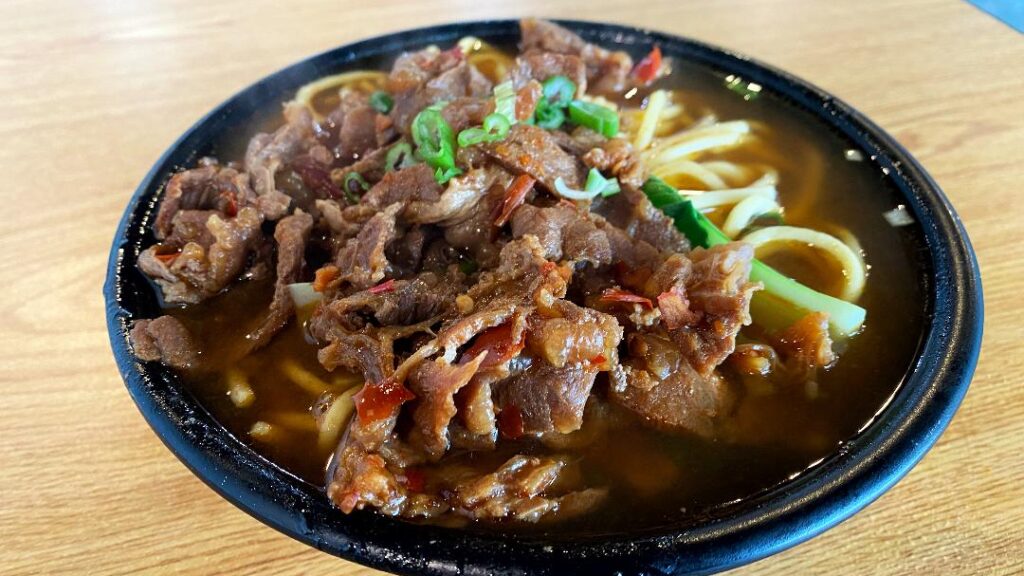
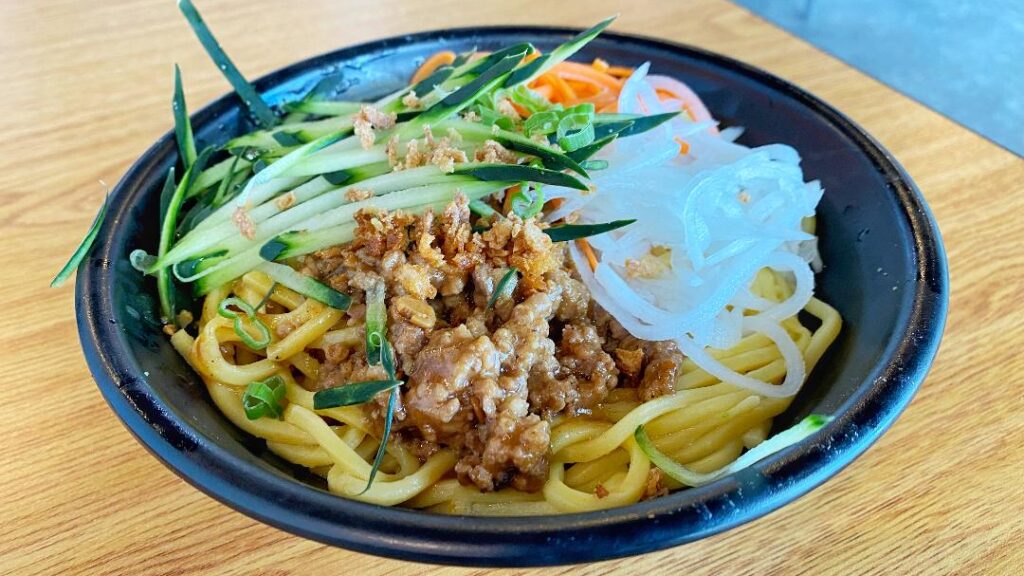
There are no balance issues with the Beef Noodle Soup, and that starts with the noodles themselves. Hip Bao employs long, slippery strands that are made to be slurped. These noodles have a delightful chewy bounce to them, as they possess a hearty thickness.
In this dish, those tender noodles bathe in a tub of deep, savory beef broth that will tempt you to lift the bowl to your lips and consume every last drop. The ample strips of braised beef shank enhance the meaty flavors in the broth while adding texture and richness.
The noodles also star in the Beijing Noodle, which mixes a mountain of them with a sweet minced pork and shredded cucumber, carrots, and daikon. A red bean paste adds just a bit more sugar to give the dish a great balance of sugar, salt, acid, and heat.
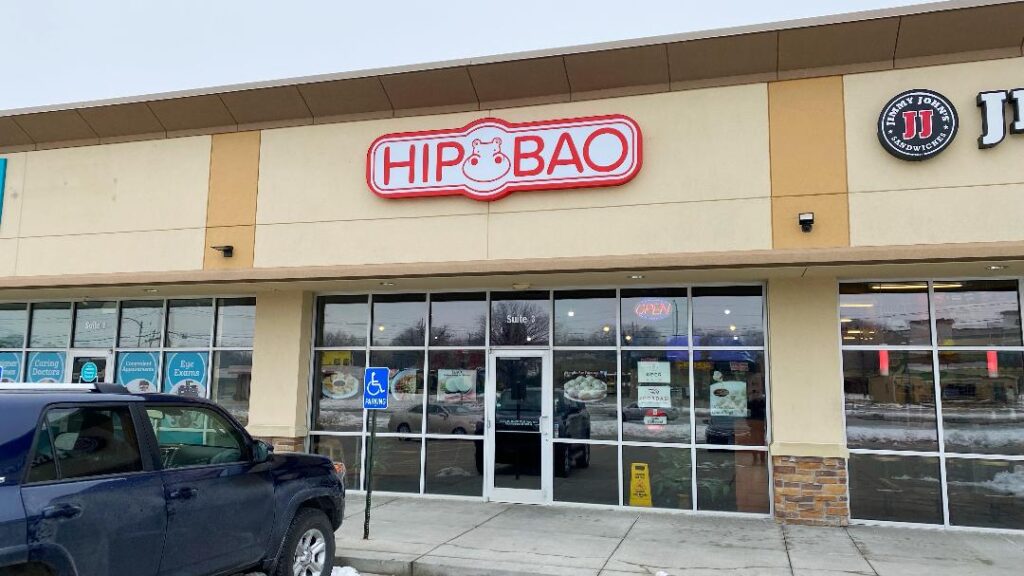
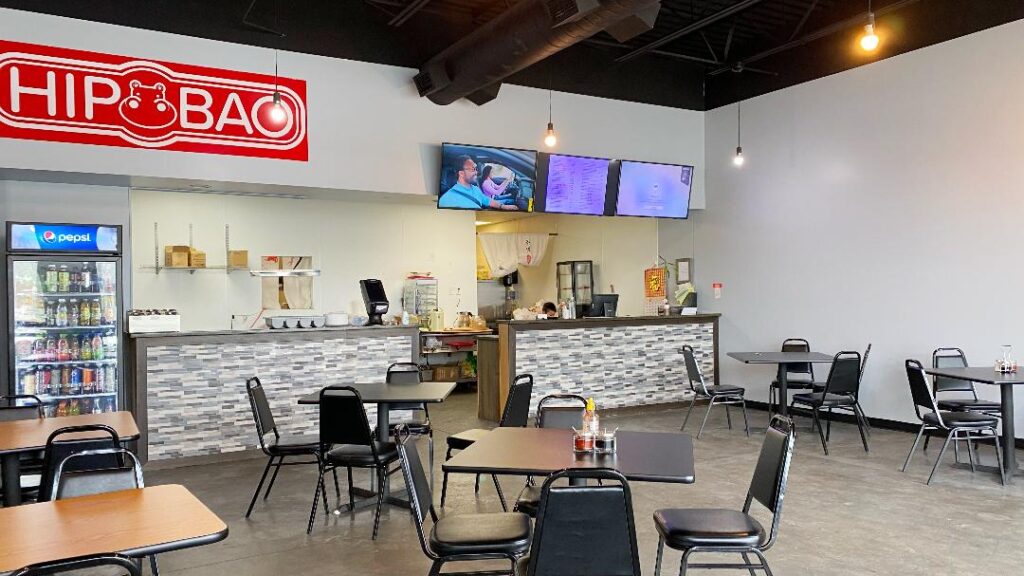
Affordability and convenience also play in Hip Bao’s favor. Almost every bowl on the menu, despite having enough food for two meals, is less than $10. And the enormous bao, depending on how many you order, cost about a dollar apiece.
Meals are usually delivered within five minutes of ordering, and Hip Bao has its takeout game refined to a science. Most takeout guests are in and out in a minute or less.
Bottom line: you don’t visit Hip Bao for the pomp and thrills. But what this restaurant lacks in atmosphere and charm, it more than makes up for with unique, flavorful dishes that well represent Chinese cuisine. That’s why it’s stuck around for several years in Omaha and why I hope to see it last for many more.
